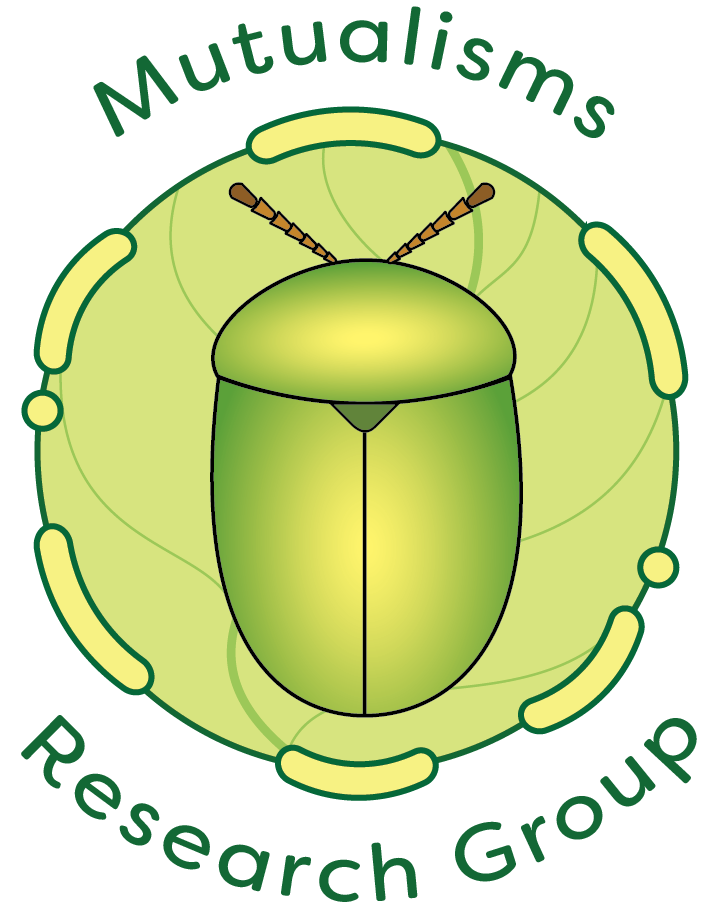Microbial determinants of herbivory
Numerous adaptations in animals are a direct consequence of symbiosis. We are interested in the evolutionary processes that shape mutually beneficial species interactions, with emphasis on why they form and how they are maintained.
Among the most pervasive and streamlined symbioses found in nature are the mutualisms forged between herbivorous insects and bacteria. Research in the lab involves studying herbivore-microbe interactions across multiple biological scales to characterize the currencies that define these partnerships, and describe the developmental profiles contributing to their persistence.
Contextualized through our work on leaf beetles and their digestive symbionts, our research features three main themes:
Role of symbioses in the origin of leaf-feeding behavior
Learn more
As one of the most species-rich animal clades, leaf beetles display remarkable variation in their host-plant breadth, ranging from specialists to browsing generalists. How did microbial symbioses contribute to the radiation of Chrysomelids? And how conserved are these associations across the family?
Evolutionary genomics of a pectinolytic mutualism
Learn more
Stammera capleta is an obligate pectinolytic symbiont of tortoise leaf beetles (Chrysomelidae: Cissidinae), possessing a minimal metabolism defined by a highly reduced genome. Using comparative and functional genomics, we are interested in the molecular mechanisms that mediate Stammera-host co-evolution, and the metabolic features allowing for such drastic reductive evolution.
Developmental basis of symbiont
integration
Learn more
Understanding how mutualisms are maintained through evolutionary time involves characterizing adaptations in both host and microbe that reflect the symbiotic condition. Which developmental processes and mechanisms underlie the formation of organs to maintain microbial symbionts?
Our research has been generously supported by:


